15 Ways to Explore the Farmers’ Museum in Cooperstown, New York
Located in the heart of Cooperstown, New York (yes, the famous Baseball Fame of Fame is a only mile away) across the street from Lake Otsego, the Farmers’ Museum celebrates the rich agricultural history of New York and gives visitors an authentic experience of life on a 1840s farmstead.
The 120 acre property was originally owned by James Fenimore Cooper in the early 1800s and changed owners several times throughout the 19th and early 20th century, all while maintaining its purpose of raising animals and growing crops, such as hops, for the community. The property opened as a museum in 1944 and is listed on the National Register of Historic Places. The museum includes over 23,000 artifacts, many of which are on display in the Main Barn exhibits, and dozens of structures donated or acquired by the museum over the years and moved from neighboring towns in New York to the museum campus. There are several seasonal events that the whole family will enjoy and daily demonstrations in several spaces throughout the Historic Village that replicate daily life on a 1840s farmstead.
Travel Tips:
15 Things to Do at the Farmers’ Museum:
- Learn about pollination, and honey and maple syrup making processes and their impact on farms- New York is the second largest producer of Maple syrup in America!- in the “The Buzz about Pollinators” exhibit in the main floor of the Barn. Kids can even dress up with bee wings. ** Exhibit on display through October 2024.
- Count the number of tools needed to make a pair of leather shoes in the “Tradesman’s Tool Chest” exhibit on the second floor of the Barn. The exhibit also includes tools for basket making and explanations of the purpose of each tool. The Working the Land exhibit on the second floor also displays 18th and 19th century farm machinery.
- Lift the labels at the “The Ins and Outs of a Cow” exhibit to learn about what a cow both eats and produces.
- Pet the goats and horses in the Children’s Barnyard in the Farmstead part of the Village. Visitors can also see cows, chicken, and sheep grazing throughout the historic village (but be sure not to feed them!) The Farmstead, which is home to over 30 animals, includes two barns, several outhouses, and the main farmhouse.
Would you like to save this?
- See what’s cooking in the Lippett Farmhouse in the Farmstead part of the Village. The 1800 farmhouse (originally built in Hinman Hollow, New York) was home to Joseph Lippett, his wife, and their nine children. Learn about the daily chore list for the family, including the various meals made in the hearth (look for the 19th century “toaster”). Interpreter Pam Young cooks up a different recipe each day.
- Step inside the law offices of Justice Samuel Nelson (in the Village) and read about his involvement in the Dred Scott Supreme Court case.
- Preach from the pulpit inside the Cornwallville Church in the Village. Built in 1795 and moved from East Durham, New York to the Village, the church served the Cornwallville Methodist Episcopal congregation. Be sure to look up in the balcony to the organ (it still works and is used for weddings and special events).
- Learn how to cure a toothache with a 19th century remedy from Patrick McGregor, who has been an interpreter at the museum for over 30 years (and has studied pharmacology history) in Dr. Thrall’s Pharmacy in the Village. Built in 1830 in Harwick, New York, the pharmacy was moved to the Village and still includes dozens of herbs and homemade remedies. There is a garden adjacent to the pharmacy that grows some of the medical herbs.
- Take home a home card card made at the Middlefield Print Shop in the Village. The 1820 and 1862 printing presses are still in use today, and visitors can watch the printer set the press and run everything from cards and poems to posters and even newspapers.
- Play a 19th century “board game” like Nine Men’s Morris or checkers, in the Bump Tavern in the Village. The 1797 tavern was moved to the Village and visitors can explore two floors of the tavern, including upstairs guest rooms. All taverns were required to serve food, be licensed to sell alcohol, and have lodging for travelers.
- Run through the outdoor garden maze.
- Watch a blacksmith demonstration in the Blacksmith Shop (in the Village) built in 1827. The blacksmiths make iron hooks and door handles (available for purchase in the museum store) and sharpen nails using two stone forges.
- Compare your home machines to the 19th century washing machines, irons, sewing machines, and various forms of artificial light on display in the Dimmick House.
- Help a seamstress make a shawl on a 1790 loom in Westcott Shop in the Village. There’s also a 1820s loom and both are still in use by live interpreters.
- Ride a hand carved animal in the Empire State Carousel. Donated in 2006, the carousel includes 25 wild and domestic animals popular in New York state that visitors can ride, plus a spinning “lover’s tub”. Note: there is a $1 fee per ride.
Looking for other living history museums? Check out our features of Old Sturbridge Village in Massachusetts, Hancock Shaker Village in Massachusetts, Mystic Seaport in Connecticut, Canterbury Shaker Village in New Hampshire, Maine Maritime Village in Maine, Colonial Williamsburg in Virginia, American Revolution Museum in Virginia, and Jamestown Settlement in Virginia. And check out our visit to the Baseball Hall of Fame (a mile from the Farmers’ Museum).
Disclosure: Our family was given a media pass to the museum; all opinions expressed are my own.


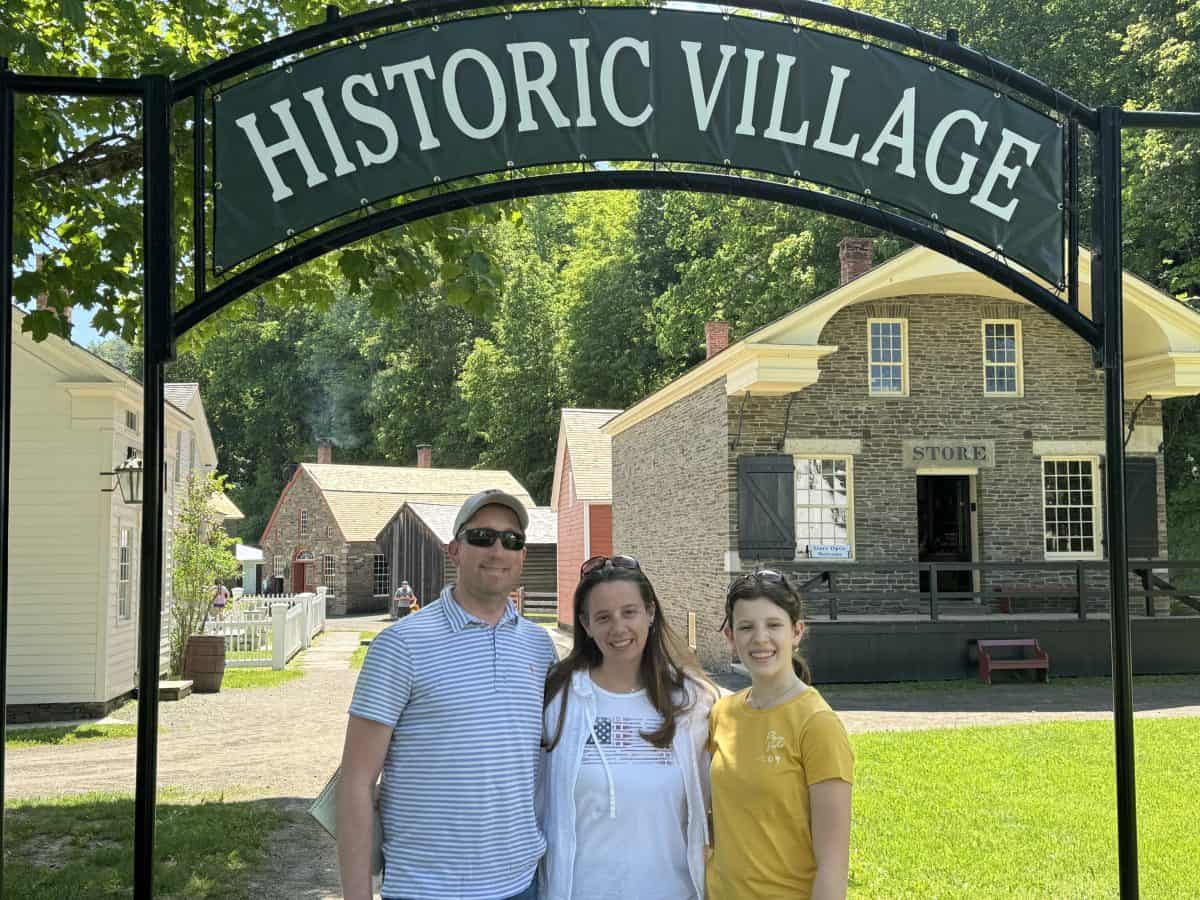




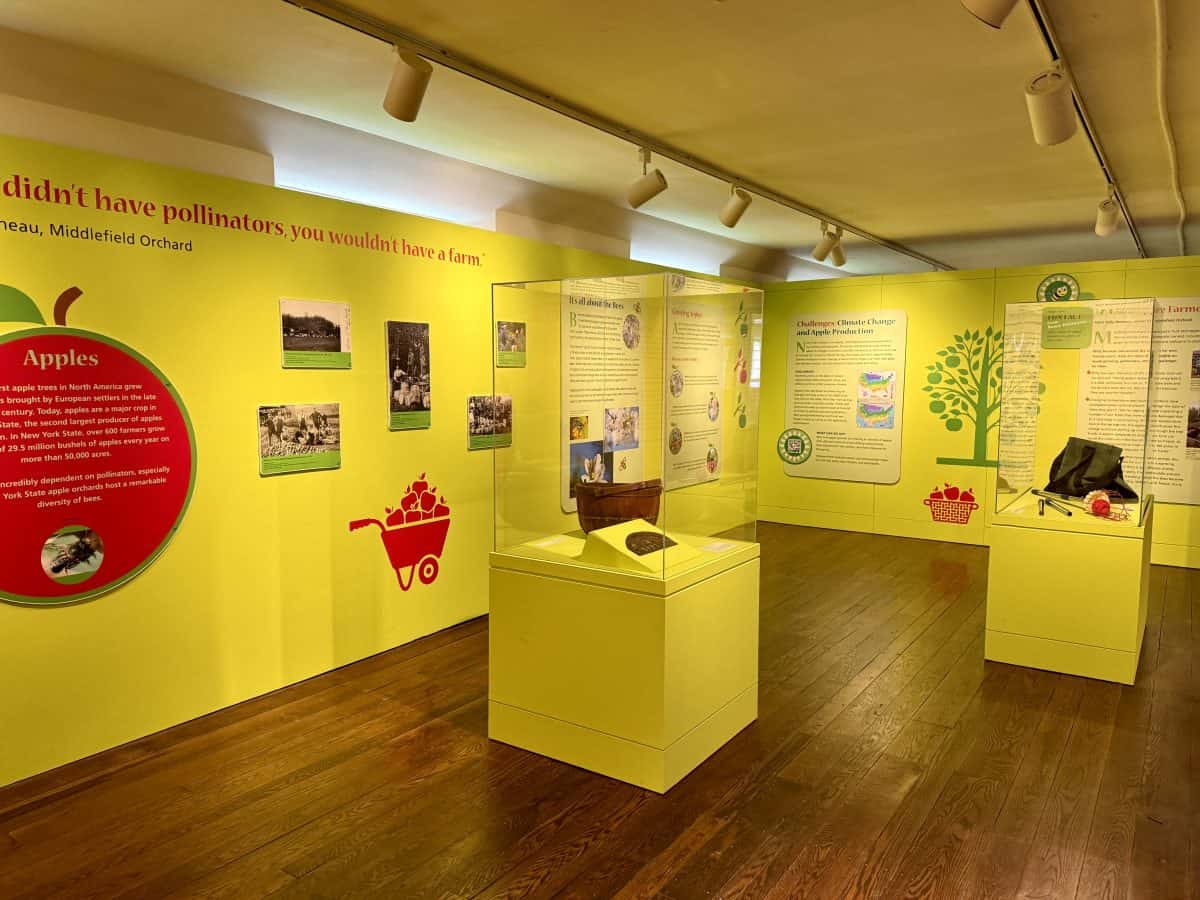





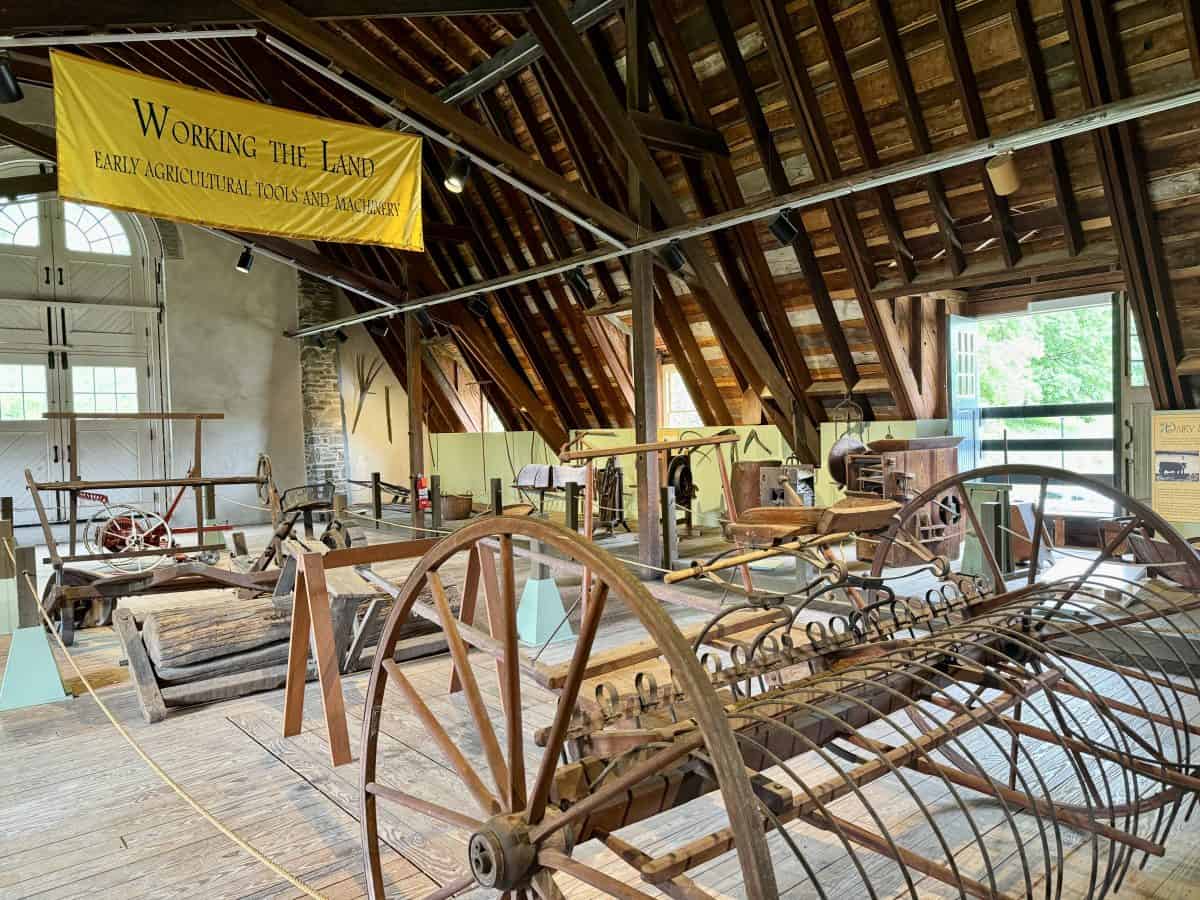




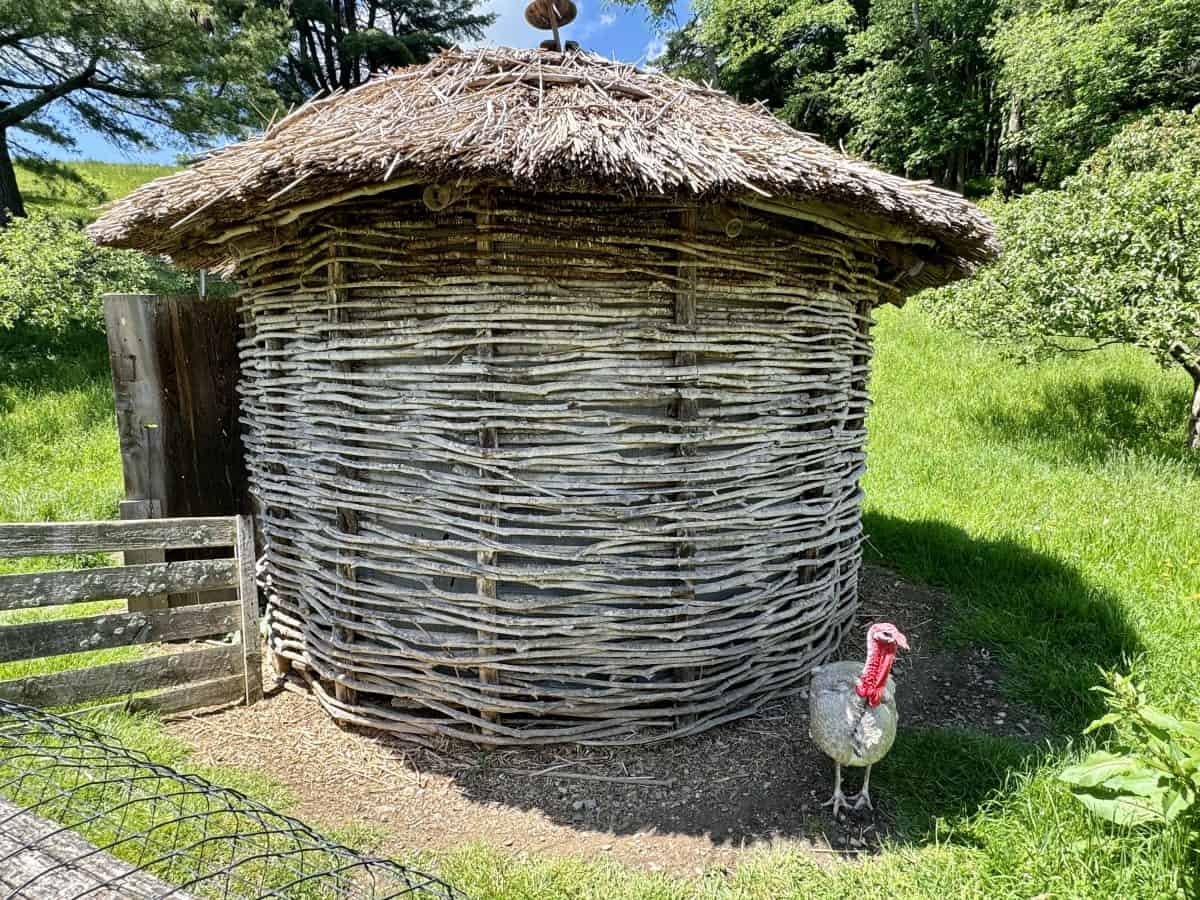


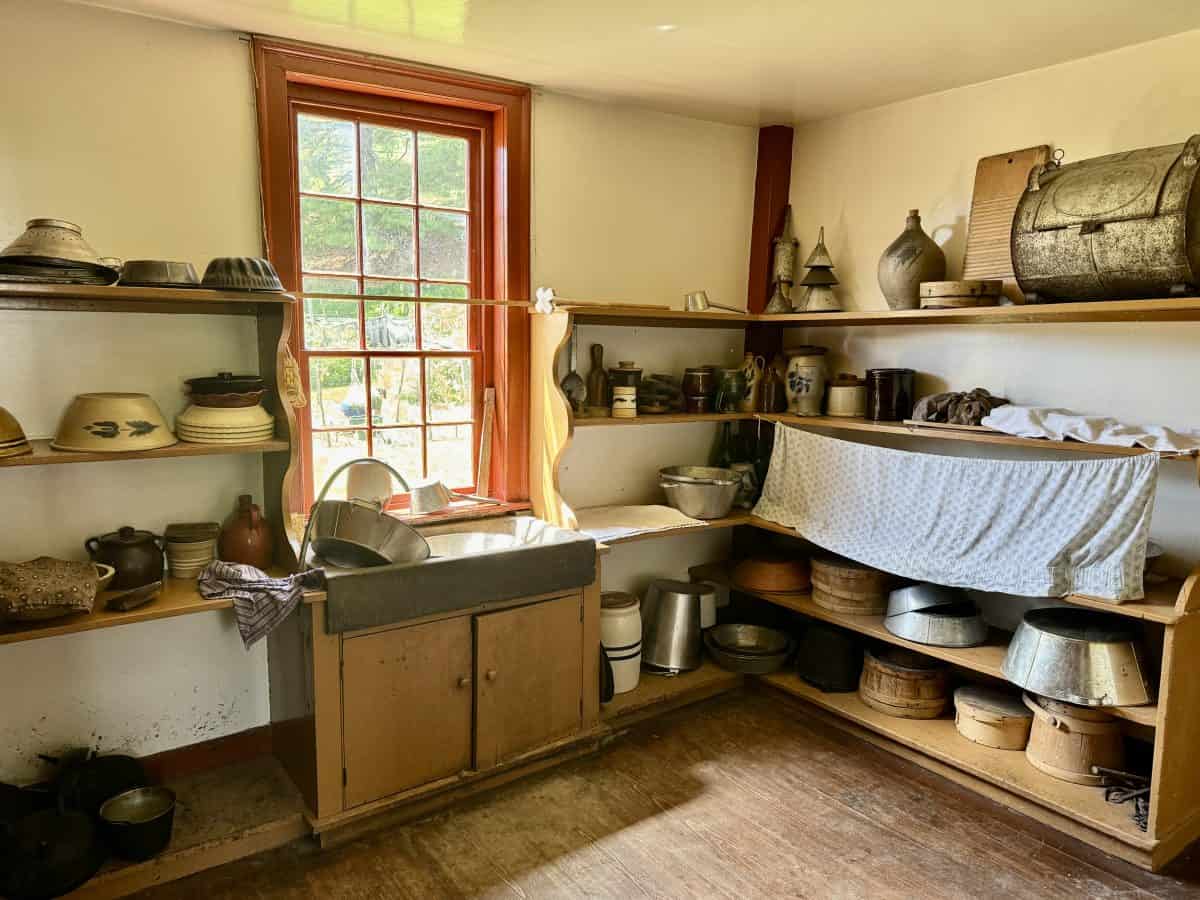


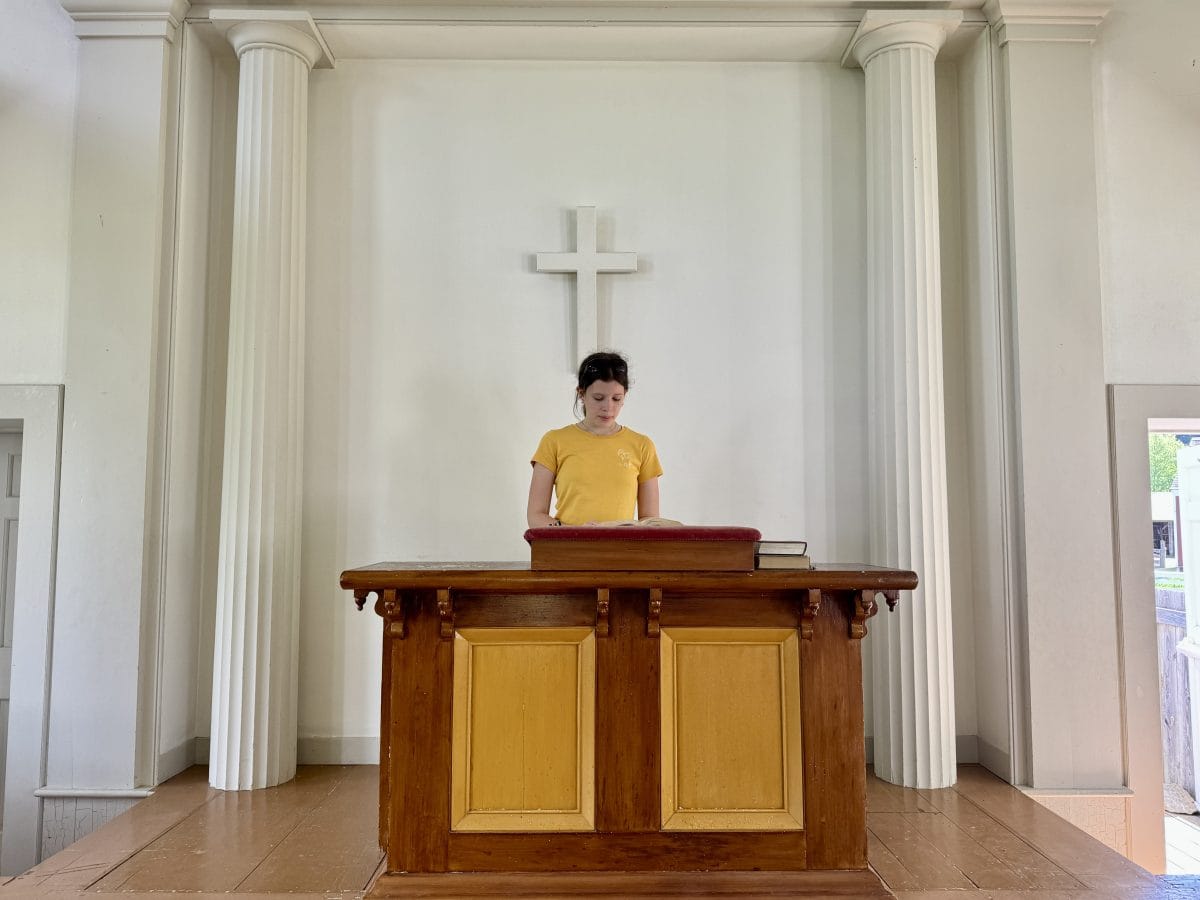















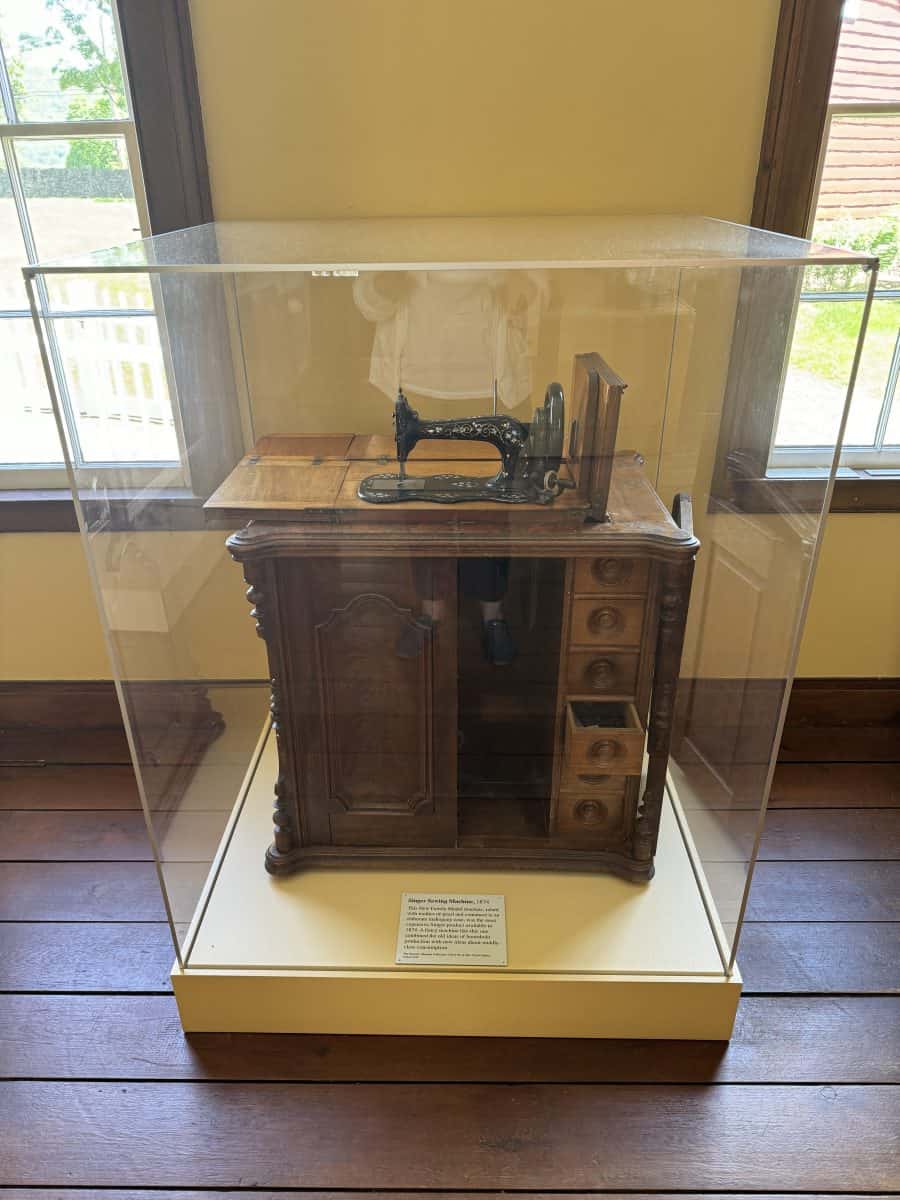










I associate New York with big city life and have never considered it’s farming history. I would love to see the working looms too.
What a lovely glimpse into the simpler life of the past. I used to live in Lanark County, Ontario the maple syrup capital of Canada!
Your photos document your visit well.
This seems like such an amazing activity for a Sunday afternoon. Or the whole day – clearly much to do, buy, and many memories to be made here. Savings this for my next trip to NY State.
I had no idea there were so many interesting and educational things to do at the Farmers’ Museum! I hope to visit it with my kids one day! Thanks for sharing!
What an amazing and beautiful museum! I’ll be sharing this with my sister that lives in NY
I have never been to a farmer’s museum, but it looks amazing! And there are so many fun things to do at the Farmers Museum in Cooperstown! Thank you for sharing!!
The farmers museum looks great for a family day out.
A great place for a fun day out.